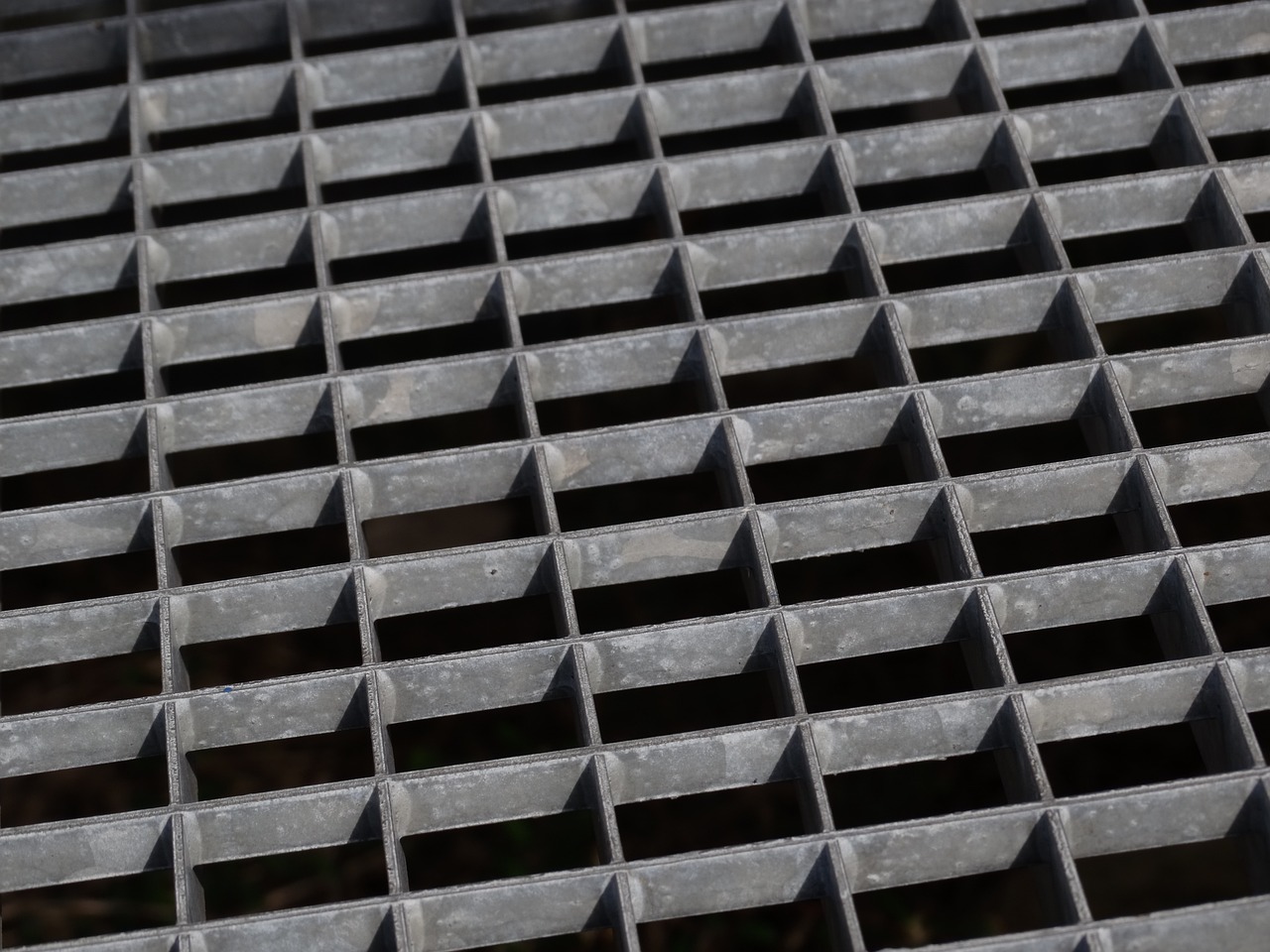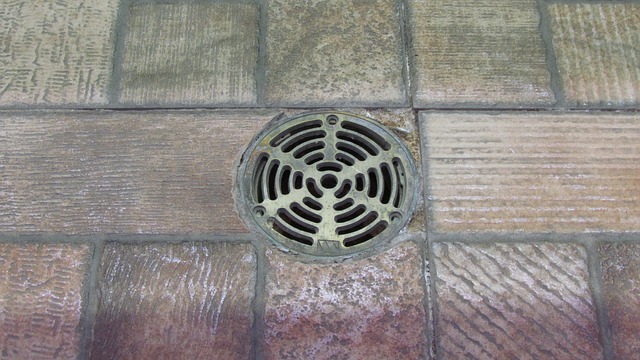How to Spot Quality Construction When House Hunting
House hunting can feel like an adventure filled with excitement and anticipation. You’re not just looking for a place to live; you’re searching for a home that will stand the test of time. But how do you ensure that your dream house isn’t hiding any hidden problems behind its charming façade? Quality construction is key, and knowing what to look for can save you from future headaches. As you step into potential homes, keep your eyes peeled for crucial indicators of quality craftsmanship. From the foundation to the roof, every detail matters in determining whether a property is worth your investment.
Foundation Red Flags
 The foundation is the backbone of any home. Spotting issues here can save you a lot of trouble later on. Look for cracks in walls or floors, especially those that widen as they approach corners. These can signal underlying problems. Uneven floors are another red flag. If you notice areas where the floor slopes or feels bouncy, it might indicate shifting soil or structural damage below.
The foundation is the backbone of any home. Spotting issues here can save you a lot of trouble later on. Look for cracks in walls or floors, especially those that widen as they approach corners. These can signal underlying problems. Uneven floors are another red flag. If you notice areas where the floor slopes or feels bouncy, it might indicate shifting soil or structural damage below.
Additionally, check for water pooling around the exterior of the house after rainstorms. Poor drainage can lead to serious foundation issues over time. Don’t ignore signs of mold or moisture in basements—these could point directly to foundational flaws that need immediate attention before making a purchase decision.
Window and Door Installation Tells
When house hunting, windows, and doors can reveal a lot about the quality of construction. Start by checking for proper alignment. Gaps between frames or uneven seals often indicate rushed installation. Next, look closely at the materials used. High-quality windows typically have double or triple-pane glass and sturdy frames made from wood, fiberglass, or vinyl. If you find single-pane glass or flimsy materials, that’s a red flag. Pay attention to hardware too—hinges and locks should feel solid and operate smoothly. Loose handles can signal shoddy work. Also, watch out for condensation between panes; this points to seal failures that could lead to energy loss over time. Inspect any caulking around the edges of doors and windows.
HVAC System Evaluation Basics
When house hunting, pay close attention to the HVAC system. This often-overlooked component can greatly impact your comfort and energy bills. Start by checking the age of the unit. Most systems last around 15 years. If it’s nearing that mark, you may face costly repairs or a replacement soon after moving in. Look for signs of maintenance. A well-maintained system typically has service records available. Regular filter changes and tune-ups indicate care from previous owners. Listen for odd noises when the system runs. Rattling or buzzing can signal underlying issues that might need immediate attention. Don’t forget about airflow! Rooms should feel evenly heated or cooled without hot spots or drafts.
Plumbing and Electrical: Hidden Signs of Poor Quality
 When inspecting a home, the plumbing and electrical systems often hide signs of poor quality beneath the surface. Start by checking for water leaks or stains on walls and ceilings. A damp smell can also signal issues within pipes …
When inspecting a home, the plumbing and electrical systems often hide signs of poor quality beneath the surface. Start by checking for water leaks or stains on walls and ceilings. A damp smell can also signal issues within pipes …





 When it comes to building your presence on Instagram, sustainable growth should be your ultimate goal. While buying Instagram Reels views may give you a temporary boost in visibility, it’s essential to consider the long-term implications. Sustainable growth means attracting genuine followers genuinely interested in what you have to offer. By focusing on organic growth strategies such as creating high-quality content, engaging with your audience, and using relevant hashtags, you’ll not only attract more followers but also retain them over time. These followers will be more likely to interact with your posts, comment on them, and even share them with their own network. The key is to build a loyal community around your brand or profile – one that genuinely values the content you create and actively engages with it.
When it comes to building your presence on Instagram, sustainable growth should be your ultimate goal. While buying Instagram Reels views may give you a temporary boost in visibility, it’s essential to consider the long-term implications. Sustainable growth means attracting genuine followers genuinely interested in what you have to offer. By focusing on organic growth strategies such as creating high-quality content, engaging with your audience, and using relevant hashtags, you’ll not only attract more followers but also retain them over time. These followers will be more likely to interact with your posts, comment on them, and even share them with their own network. The key is to build a loyal community around your brand or profile – one that genuinely values the content you create and actively engages with it. When you buy Instagram Reels views, it’s essential to consider the long-term impact on your engagement. While it may be tempting to boost your numbers quickly, sustainable growth requires more than just a high view count. One of the key factors in building a successful presence on Instagram is meaningful engagement with your audience. Buying views may give the appearance of popularity, but if those views need to translate into genuine interactions and conversations, they hold little value. The algorithm determining what content gets shown to users also considers engagement metrics such as likes, comments, and shares. By fostering meaningful connections with your followers through organic means rather than buying views, you can improve your chances of reaching a wider audience organically.
When you buy Instagram Reels views, it’s essential to consider the long-term impact on your engagement. While it may be tempting to boost your numbers quickly, sustainable growth requires more than just a high view count. One of the key factors in building a successful presence on Instagram is meaningful engagement with your audience. Buying views may give the appearance of popularity, but if those views need to translate into genuine interactions and conversations, they hold little value. The algorithm determining what content gets shown to users also considers engagement metrics such as likes, comments, and shares. By fostering meaningful connections with your followers through organic means rather than buying views, you can improve your chances of reaching a wider audience organically. Your brand’s reputation is crucial online, and your …
Your brand’s reputation is crucial online, and your …
 These grants are provided by various organizations and government agencies, aiming to support and foster entrepreneurship. To kick-start your search for small-business grants, do some research and identify the ones that align with your industry or niche. There are numerous grant programs available, catering to different sectors such as technology, innovation, social enterprise, and more.
These grants are provided by various organizations and government agencies, aiming to support and foster entrepreneurship. To kick-start your search for small-business grants, do some research and identify the ones that align with your industry or niche. There are numerous grant programs available, catering to different sectors such as technology, innovation, social enterprise, and more. Angel investors can be a game-changer, no doubt about it. These individuals are experienced and well-connected, making them a valuable asset for any entrepreneur. However, pitching your idea to angel investors can be nerve-wracking and intimidating. So be sure to nail your preparation.
Angel investors can be a game-changer, no doubt about it. These individuals are experienced and well-connected, making them a valuable asset for any entrepreneur. However, pitching your idea to angel investors can be nerve-wracking and intimidating. So be sure to nail your preparation.


 The infrastructure lays the foundation for a seamless and connected smart home experience. It involves setting up the necessary hardware and devices to power your automated systems. At the core of this infrastructure is a robust and reliable Wi-Fi network, which acts as the backbone of communication between all your smart devices.
The infrastructure lays the foundation for a seamless and connected smart home experience. It involves setting up the necessary hardware and devices to power your automated systems. At the core of this infrastructure is a robust and reliable Wi-Fi network, which acts as the backbone of communication between all your smart devices.

 Preparation is undeniably the key ingredient when it comes to a successful photoshoot. This starts with a clear vision – what kind of look or theme you want to achieve. Take some time to research and gather inspiration from magazines, websites, or even social media. Don’t underestimate the power of communication with your photographer.
Preparation is undeniably the key ingredient when it comes to a successful photoshoot. This starts with a clear vision – what kind of look or theme you want to achieve. Take some time to research and gather inspiration from magazines, websites, or even social media. Don’t underestimate the power of communication with your photographer.